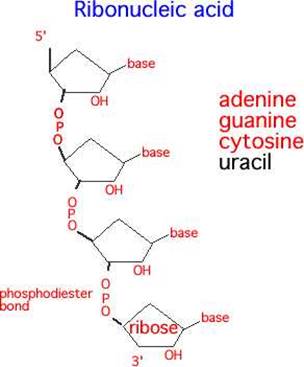Match the polymers given in Column I with the type of linkage present in them given in Column II.
(i) Terylene – (b) Ester linkage
We know, terylene is a polyester, and a polyester is a polymer having the ester ![]() linkage.
linkage.

(ii) Nylon – (d) Amide linkage
Nylons are polyamides which means they have an amide linkage.


(iii) Cellulose – (a) Glycosidic linkage
Explanantion:
Cellulose is derived from D glucose units which have the β (![]() glycosidic bonds. The linkage here observed is termed as glycosidic linkage.
glycosidic bonds. The linkage here observed is termed as glycosidic linkage.

(iv) Protein – (d) Amide linkage.
If we look at the structure of protein we will find the presence of amide linkage along with amino acids and polypeptide chain.
(v) RNA – (c) Phosphodiester linkage
A phospodiester bond is a covalent bond in which a phosphate group joins adjacent carbons through ester linkages.
The phosphodiester bond links a 3' carbon to a 5' carbon in DNA and RNA.
